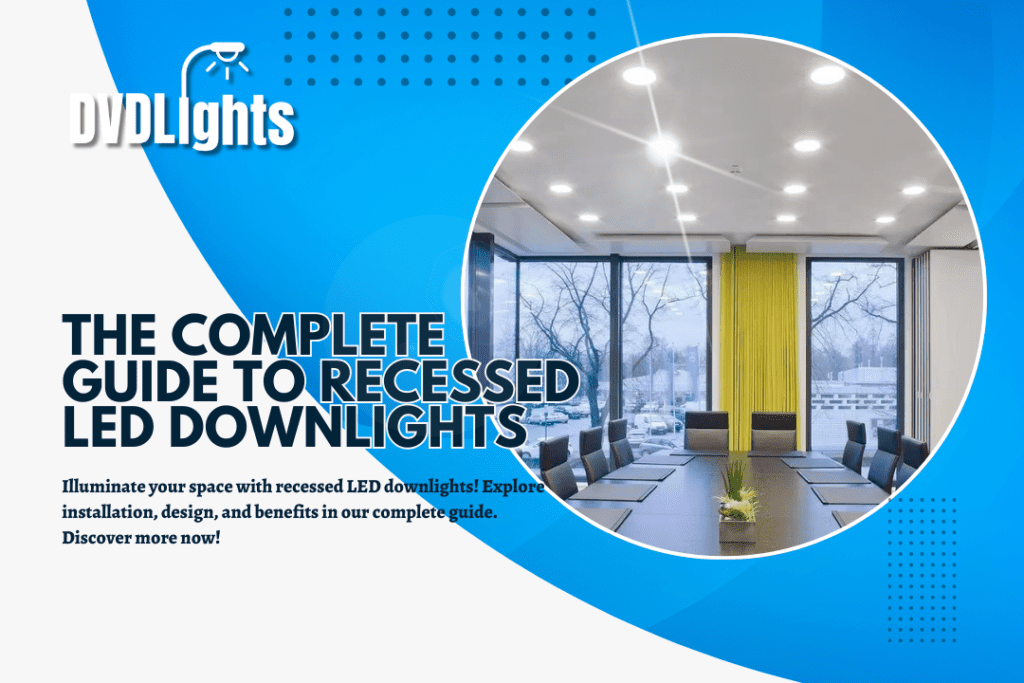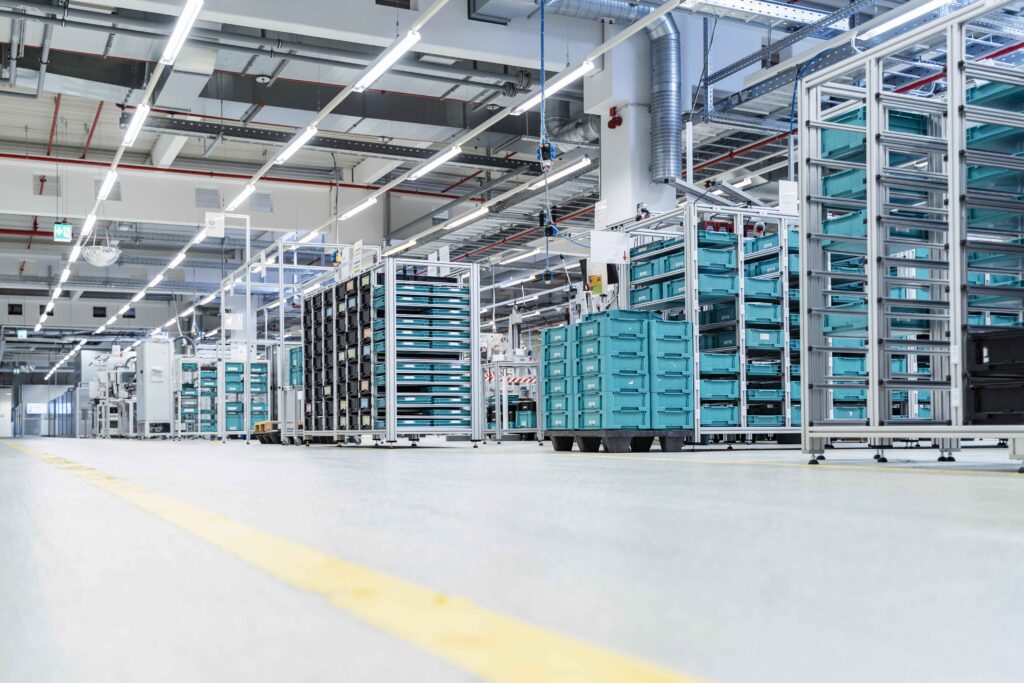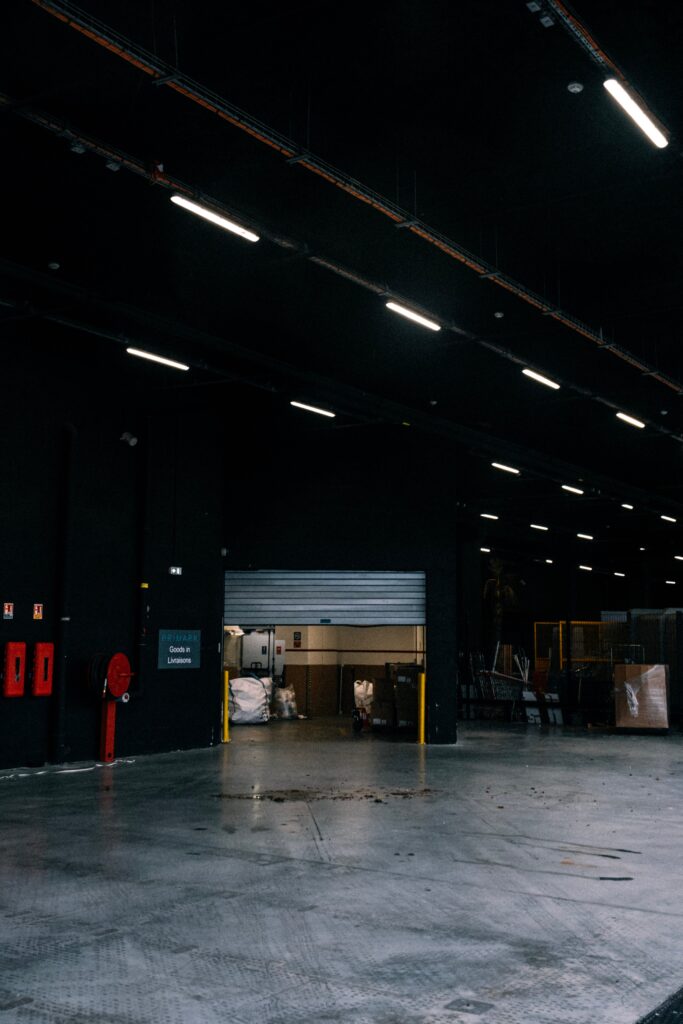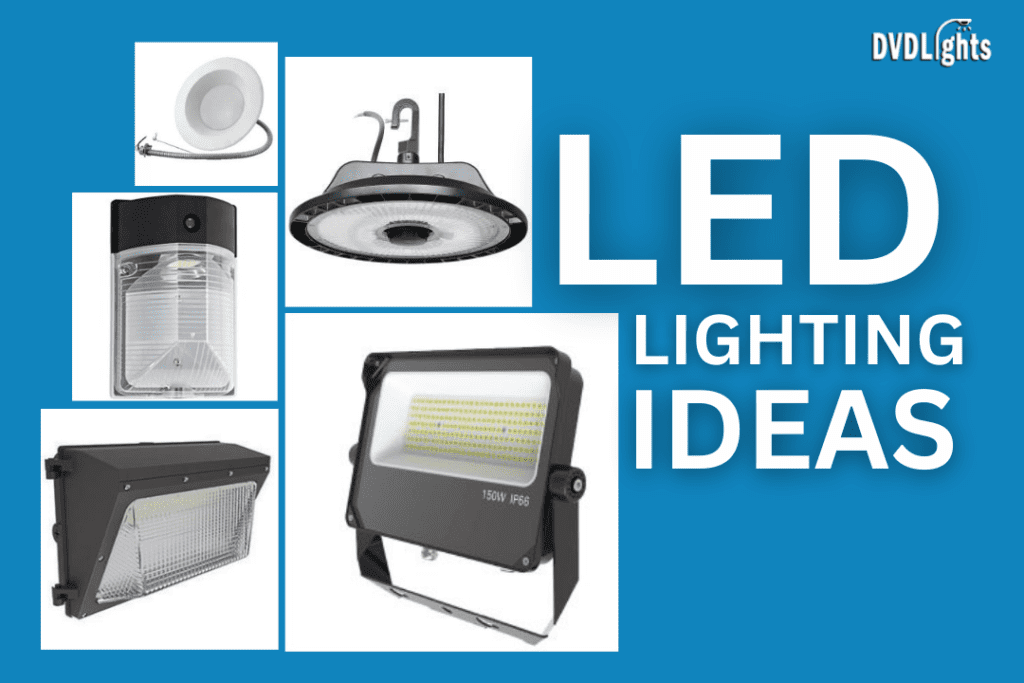Recessed LED downlights have become one of the more popular lighting solutions for any business. They have become very popular in factories, offices, warehouses, and stores because they combine the best characteristics of LED technology and traditional downlighting. This technically translates to the fact that recessed LED lighting provides better efficiency and effectiveness in terms of illuminating space. They radiate excellent general brightness, making them suitable for any working space where proper visibility is required for distinct tasks and activities.
Get the scoop on recessed LED downlights with this all-you-need-to-know guide. We’ll shed some light on what they are, the kinds available on the market, and their pros and cons. We will further enable you with your choice by providing tips on how to choose the perfect downlight for your space and even offer some installation tips if you are handy.
Understanding downlights beyond the recessed look
Although many people associate the word “downlight” with fixtures recessed into ceilings, there’s more to the product line. In fact, LED downlights offer some rather surprising versatility.
Yes, traditionally, downlights are mounted in the ceiling, with the actual light source located flush or slightly below the surface (recessed). But here is the thing: what defines a downlight is the direction of the light downwards, not necessarily how it’s mounted. So if you find a fixture that angles downwards but sits directly on the ceiling surface, it, too, would qualify as a downlight. Where most businesses may bring to market two-way downlights, there are the recessed ones, but there are alternatives.
As the name suggests, recessed led downlights utilize light-emitting diodes (LEDs) as their light source. Here are reasons LED lighting is so valued: It is efficient and gives out quality light—these make them very good for downlighting. You may know downlights as “can lights,” “pot lights,” or just “recessed lights.” You now have some idea of what a downlight is, so you can go ahead to look at the choices and select the best fit for your lighting application!
Recessed Led Downlights vs Spotlights
Although some design characteristics and even the type of recessed spotlights may appear similar, there lies a difference between LED downlights and spotlights in terms of their application.
It is through spotlights that light is focused best to just one particular object to create drama. Perhaps trying to showcase the work in a gallery would be the right scenario. Downlights, on the other hand, will give one variability. They can be used without doubt in highlighting objects, but they also work well with general lighting of the room or drawing attention to specific areas. Besides this, downlights are more resistant to causing glare compared to spotlights, especially when they are fitted the right way. If, therefore, you require a light source that is less glittery and filled with many sparkles, then the answer is a downlight.
The Pros and Cons of Recessed led Downlights
Recessed LED downlights take the acknowledged benefits associated with LED technology and add to them the advantages accruing from their directional design. The result will be a lighting solution that has all the features of LEDs, plus some extra.
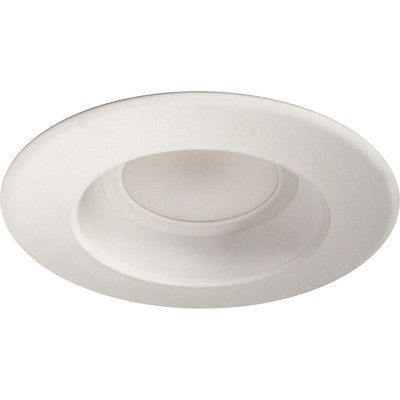
Pros
Space Savers: Since they’re recessed into the ceiling, LED downlights blend seamlessly into your space without protruding or creating an eyesore. This would be ideal in rooms with low ceilings or where you want to maintain clean lines. And no more worries about bumped heads or furniture height restrictions!
Modern Marvels: Another reason LED downlights look great is that they are not intrusive. They provide a sleek, modern aesthetic, enhancing the look of any room instantly.
Efficiency Experts: They are LEDs, hence highly energy-efficient. It is usually up to 80 percent more efficient than incandescent bulbs, minimizes the electricity bill, and impacts the environment to a large extent.
Long-lasting Luminaries: Another great advantage of recessed LED downlights is their longer lifespan. Comparatively, they can run for many more hours than traditional halogen or fluorescent lighting – some even offer up to 50,000 hours of use compared to a mere 2,000 hours for incandescent bulbs. This would translate to a lesser frequency of replacement, reduced hassle, and lower costs on lighting.
Durability Champions: Apart from having a long lifespan, LEDs are also resistant. The usual lights with their delicate filaments that can be subjected to shock and temperature changes are absent in LEDs, which produce solid-state light and hence are less prone to damage.
Targeted Illumination: Recessed LED downlights are unmatched in their ability to focus light precisely where it is needed. This will let you create a highlight on particular areas you wish—for example, workspaces, art pieces, or even museum displays.
Versatility Reigns Supreme: Whether you want to light up a small area or a vast space, recessed LED downlights can do it for you. Just pick ones with wider beam angles and adjust them accordingly.
Cool Customers: Unlike most other lighting options, LED generates very little heat, which translates to fewer heating problems in the quest to comfortably maintain controlled environments.
Instantaneous Illumination: No more waiting for your lights to turn on! Most LEDs turn on instantaneously, providing light right away.
Safety First: LED lighting introduces a safer solution with no toxic mercury and very low heat output. This could be very important for businesses that try to minimize their liability risks.
Customization Options: Many recessed LED lighting products now offer adjustable color temperatures and even color options to meet your application needs and personal preference in lighting.
Adaptable Anywhere: It is in this versatility of recessed LED downlights that you can set up installation in offices, warehouses, stores, and even residential units. Some options, depending on the IP rating, can even be used outdoors.
With all those benefits in their corner, recessed LED downlights offer a choice that is just too hard to say no to where modern, effective, and versatile lighting solutions are required.
Cons
Recessed Requirements: Recessed LED downlights can require installations that include the provision of creating recessed spots in your ceiling. This may add to the cost and not be very workable in all buildings.
Potential Efficiency Hiccups: Making recessed locations for the installation of recessed LED downlights adds to the installation time and may further affect the insulation, as air leaks have negative implications in terms of noise reduction. For the reduction of all these drawbacks of installing recessed LED downlights, calling a professional installer is necessary.
Fire Safety First: Because recessed LED downlights cannot come into contact with insulation due to fire risk, installation uses special caps on the lights or lights that have the appropriate IC rating.
Higher Upfront Investment: Recessed LED downlights can entail a slightly higher upfront investment than other Downlights. However, due to their efficiency and long service life, they still offer better value in the long term.
Spacing Matters: This means that improper planning while recessed LED downlight installation gives way to unequal distribution of light in areas. Otherwise known as the “cave effect,” precise spacing must be done to avoid this with recessed LED downlights.
Quantity Considerations: This may also mean you have to install more recessed LED downlights than other styles of lighting to achieve proper illumination, increasing overall cost and installation time. Choosing wider beam angles can partly offset this with recessed LED downlights.
Heat Sensitivity: High temperatures often make LED recessed downlights have a low life expectancy. A heat sink can, therefore, be used to alleviate this effect.
Aesthetics: Some find LED recessed downlights a little less pleasing to the eye simply because they are actually recessed. For most, however, functionality trumps aesthetics, and there are some style options available with recessed LED downlights.
Knowing the different pros and cons of recessed LED downlights will help in making a valuable decision for your lighting application.
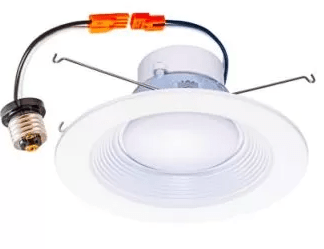
Tips and Reminders for Choosing Recessed Led Downlights
With the vast majority of manufacturers enjoying strong sales from recessed LED downlights, the options available can be overwhelming. It can be one of the most truly frustrating, maddening experiences, but do not fear! These tips will help in choosing the right recessed LED downlights for your space:
How Many Recessed Lights Do You Need?
This will depend on two factors: the light’s beam angle and its lumens output. Wider beam angles and more lumens per light allow installation of fewer recessed fixtures overall.
The general rule of thumb would be to have one light recessed per square meter of floor space. If you’re working in feet, then for the total wattage you are going to need, multiply your ceiling area by 1.5, then divide that by watts per an individual light fixture to come up with your final number of recessed lights.
Keep in mind that this is a rough estimate. Adjust this number, considering factors such as the desired brightness and the space’s layout, to give an idea of how many recessed lights will actually be needed.
The choice of your LED recessed downlights is hinged on an understanding of their purpose. This will guide your choice for features such as:
- IP Rating: This rating indicates the light’s resistance to dust, moisture, and other environmental factors. Consider a higher IP rating for damp or outdoor locations.
- Shape: Round recessed lights are most common, but square options offer a modern aesthetic. Choose a shape that complements your space’s design and ensure it fits the existing or planned hole size.
- Beam Width (Beam Angle): This determines how wide an area the light illuminates. Wider beams allow for fewer lights overall, ideal for general room illumination. Narrower beams provide focused light for highlighting specific objects or areas.
Shape Up
As noted earlier, recessed LED downlights are either round or square in shape. Consider the type of appearance you want to achieve and how the shape supports that style for your room. In addition to that, do take the light dimensions so that the dimensions of the chosen light easily fit within the prepared or planned hole size in your ceiling.
Beam Width: Casting the Right Light
The beam width, otherwise known as the beam angle, has much to do with the way light is distributed. Wider beam angles spread light over larger areas of space, allowing fewer lights to install for the same square footage in a room to provide general illumination. Narrower beam angles are designed to provide more focused light, ideal for focusing light onto certain objects like artwork or architectural features.
Dimmer or Dimmer Compatibility
Consider adding a dimmer switch with your recessed LED downlights. It allows flexibility to the light, letting you control the amount of light as per your requirement. Many of them also support external dimming if you want to dim them with an external dimmer—just ensure that your model supports this if you are going to use it.
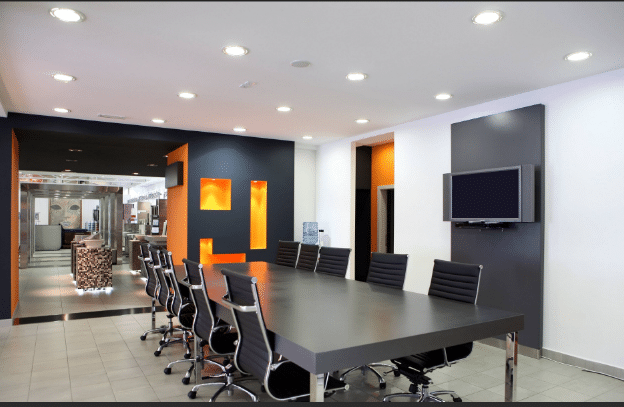
FAQs
What are recessed LED downlights and how are they different from regular downlights?
Recessed LED downlights, like traditional downlights, emit light downwards. However, unlike traditional downlights that might use incandescent or fluorescent bulbs, recessed LED downlights utilize LEDs (light-emitting diodes) as their light source. LEDs are prized for their efficiency, long lifespan, and excellent light quality.
Are recessed LED downlights a good choice for my business?
Yes, recessed LED downlights are an excellent choice for your business. They deliver significant cost savings on electricity bills thanks to their impressive energy efficiency. Additionally, their long lifespan translates to reduced maintenance costs as you’ll need to replace them less frequently. They’re also highly durable, making them less prone to damage compared to traditional lighting options. Furthermore, recessed LED downlights offer targeted illumination, perfect for highlighting specific areas or tasks within your workspace.
What are some things to consider when choosing recessed LED downlights?
Choosing the right recessed LED downlights involves considering a few key factors. First, determine the number of lights needed based on beam angle (how wide the light spreads), lumens output (brightness), and your desired overall brightness level. Next, think about the light’s purpose and features. If using them in damp areas or outdoors, a higher IP rating for water resistance is important.
What are the drawbacks of recessed LED downlights?
While recessed LED downlights offer numerous benefits, there are a few drawbacks to consider. Installation can be trickier as they require creating space in the ceiling, potentially affecting insulation. Hiring a professional for a smooth installation is recommended. The upfront cost might also be higher compared to traditional downlights.
Conclusion
Recessed LED downlights are a compelling lighting solution for businesses and homes alike. They offer a multitude of advantages, including superior efficiency, long lifespans, and excellent light quality. By understanding the various factors to consider when choosing recessed LED downlights, you can make an informed decision that perfectly complements your space and lighting needs.

